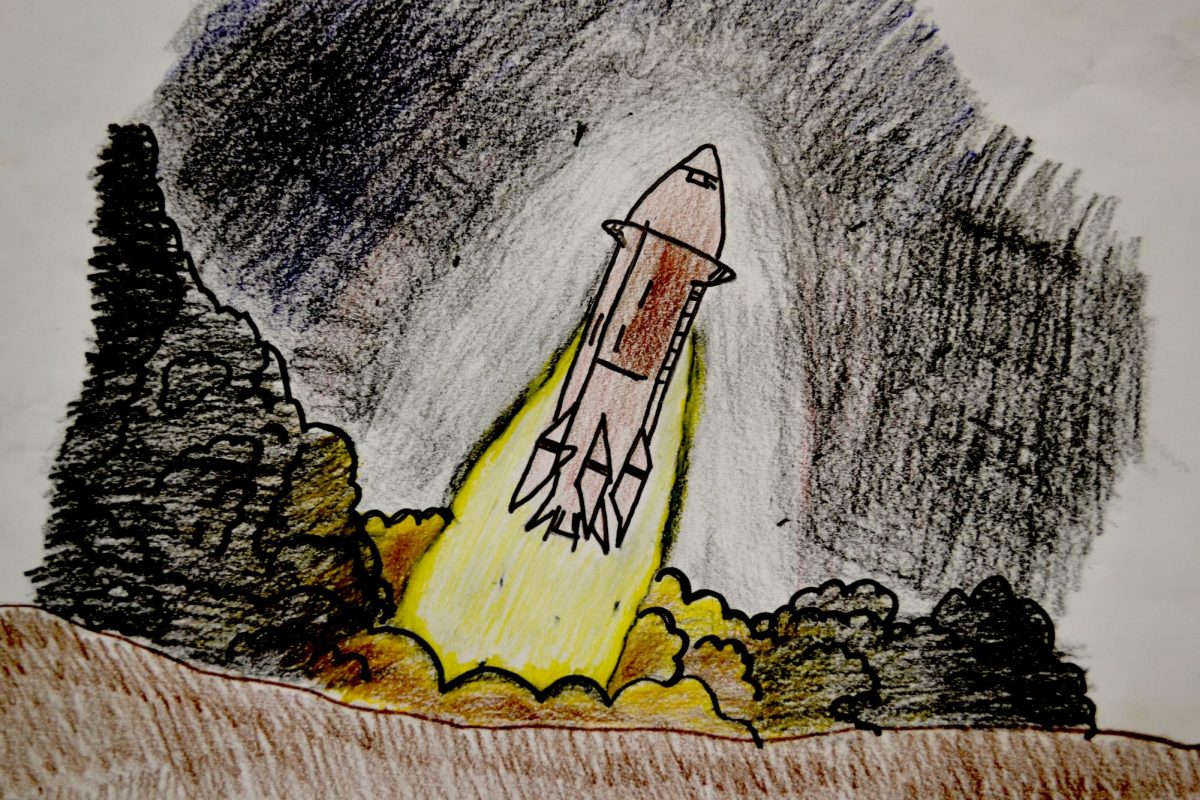After the failure of the first Starship, SpaceX was cleared to launch a second spaceflight attempt of the Starship megarocket by the Federal Aviation Administration (FAA), a government agency responsible for the safety of aviation, according to a Nov. 15 CNBC article. The rocket, which blasted off on Nov. 18, experienced a safe launch.
SpaceX tried to hot stage the launch, separating the spacecraft and rocket booster by blunt force, according to a Nov. 18 CNN article. After this step, the rocket booster exploded over the Gulf of Mexico. Starship continued for a few minutes until SpaceX lost signal and terminated the flight, to keep it from veering off course.
“More things were successful than in the previous test, including some new capabilities that were significant,” Carissa Christensen, CEO of the space analytics firm BryceTech, said in a Nov. 18 Reuters article.
The ship was intended to fly a lap around Earth before returning, but this initial plan failed. The data from this flight will be used to determine SpaceX’s next steps in making humanity “multiplanetary,” according to CNN.
After Starship 1’s explosion, the FAA announced they would oversee the investigation into the launch, according to an April 20 CNN article. In accordance with the US Fish and Wildlife Service, a safety review was launched to issue the company a new flight license in preparation for a second flight.
The license was recently granted, furthering the big plans that Starship supports. SpaceX will use the rocket in their goals in the launch and satellite markets, according to the CNBC article and NASA will use Starship to return astronauts to the moon.
The failure of the second Starship may create a setback for SpaceX. The FAA will need to review the company’s investigation and the application for a new launch license. Some officials complain the process takes too long, but others believe this is a good example of the company’s fast-paced testing, according to a Reuters article.
The second attempt, which took place on Nov. 8, was live streamed by SpaceX. The megarocket launched from Starbase, SpaceX’s facility in Southern Texas, as reported by Space.com on Nov. 16.
NASA hopes to use Starship in their Artemis III moon mission. This mission, which is planned for 2025, will be humanity’s first return to the moon after more than 50 years. NASA will send the first humans near the lunar South Pole. SpaceX will provide the human landing system, transporting Artemis III astronauts to the moon and back once Starship is ready on Jan. 13, according to NASA’s website.
After 282 launches, SpaceX has made history multiple times. SpaceX created a rocket that does not burn up on reentry, but can land on Earth and be flown again, according to the SpaceX website.
SpaceX is currently working on multiple Starship vehicles and will learn from each. Despite the launch not working as SpaceX had hoped, the company plans to learn from this launch, just like they did last time.
According to NASA Chief Bill Nelson in a Reuters article, this launch was “an opportunity to learn — then fly again.”
Photo Credit: “The Gobsmackingly Beautiful Starship Launch” by Steve Jurvetson is licensed under (CC BY 2.0 DEED)









